
The top 10 global retailers 2021
The list of the top global retailers in 2021 has been released, with the impacts of COVID-19 altering the results compared to previous years.
Although big US names like Walmart and Amazon continue to reign supreme, new entrants also grace this year’s top 10 as online retailers with massive merchandise volumes make their presence felt.
Here’s an insight into the top 10 global retailers for 2021, along with changes occurring in the top player landscape.
This year’s results
Compiled by Kantar, this year’s list of top global retailers drew on slightly different criteria from previous years.
To make the cut, retailers were assessed on their direct selling in at least three countries, franchise sales where applicable, and marketplace sales and sourcing alliances.
Kantar’s Senior Vice President of Global Insights & Technology, David Marcotte, noted 2020 provided numerous challenges to retailers as they adapted to changing consumer demands and delivery methods.
“Counterintuitively for many retailers, it was the best year in their history as shoppers had a range of new needs resulting from working from home and various levels of lockdowns,” he noted.
“However, for other retailers, primarily those in malls, urban areas or in countries with strict lockdown orders, it was a year of major sales losses.”
Here’s who made the cut when it came to the top 10…
No 1 – Walmart (USA)
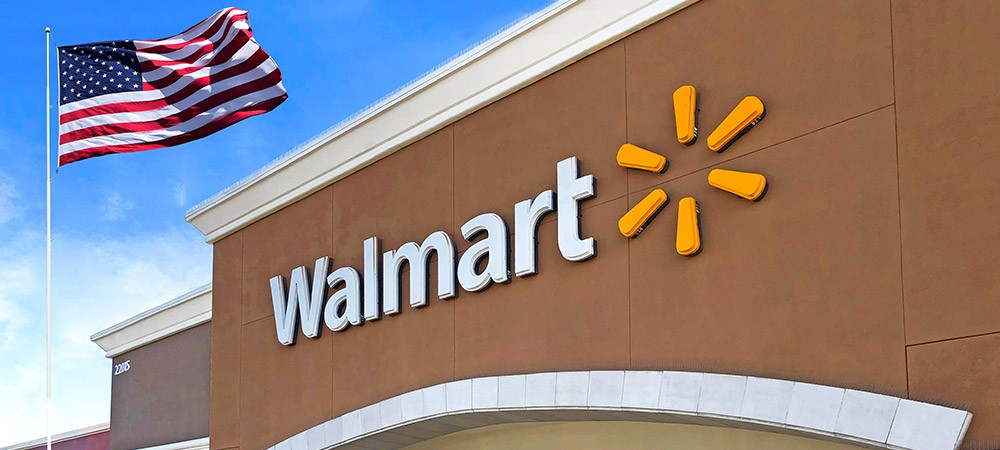
Retail type: Mass/hyper
Total revenue: $519.93 billion
Walmart’s omnichannel shift continued to pay off throughout 2020, with an expansion into marketplaces and services seeing it retain pole position, despite the fact the company shed assets in several countries.
Kantar notes Walmart’s lead has shrunk this year, although the next top 50 will likely see it retain its top position.
No 2 – Amazon.com (USA)
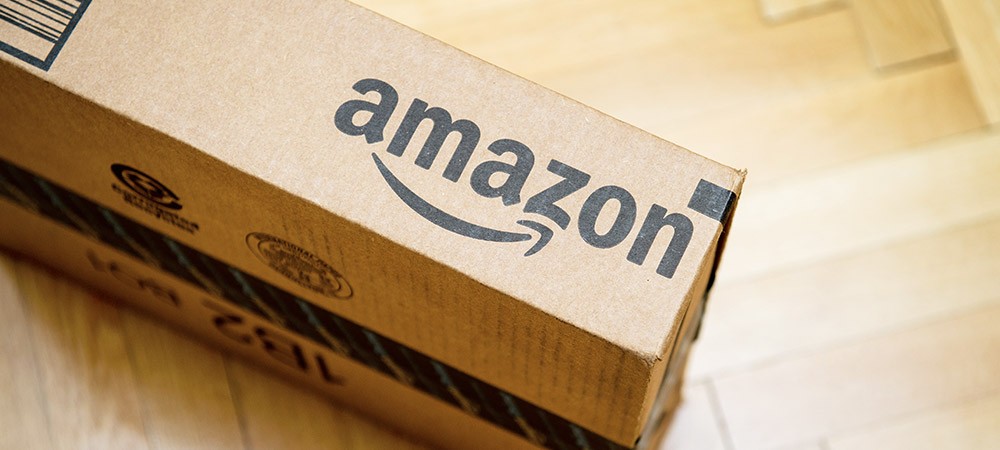
Retail type: Ecommerce
Total revenue: $280.52 billion
Amazon’s continued expansion over the past year was evident in the company’s results, with core markets like the US, Canada and Europe also performing well.
No 3 – Schwarz Group (Germany)
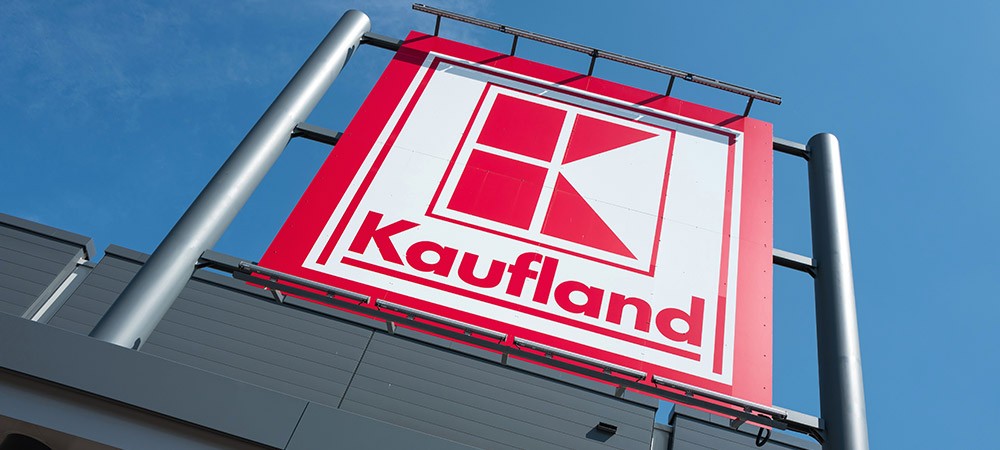
Retail type: Discount grocery
Total revenue: $133.89 billion
Kantar notes Schwarz’s grocery formats dominate retail in Europe, but as a privately held retailer, it has previously missed the global list rankings.
In recent times its discount banner Lidl has seen the company enjoy growth in markets like the US, while its online operations within existing markets have also enjoyed significant growth.
No 4 – Aldi (Germany)
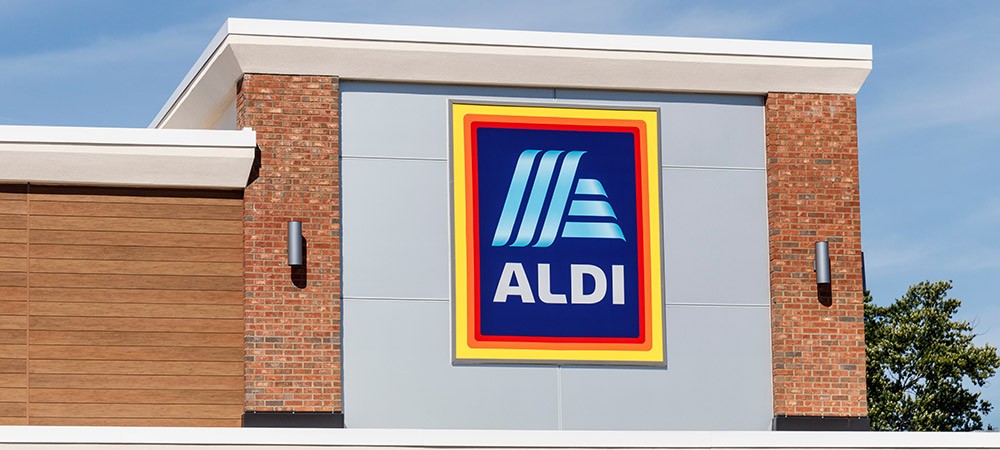
Retail type: Discount grocery
Total revenue: $116.06 billion
Building on its success in Central Europe, Aldi is now also one of the fastest-growing retailers in the US. The retailer is also expanding into markets like China, which has seen it jump from No 8 on the global retailer list last year to No 4 in 2021.
No 5 – Alibaba (China)
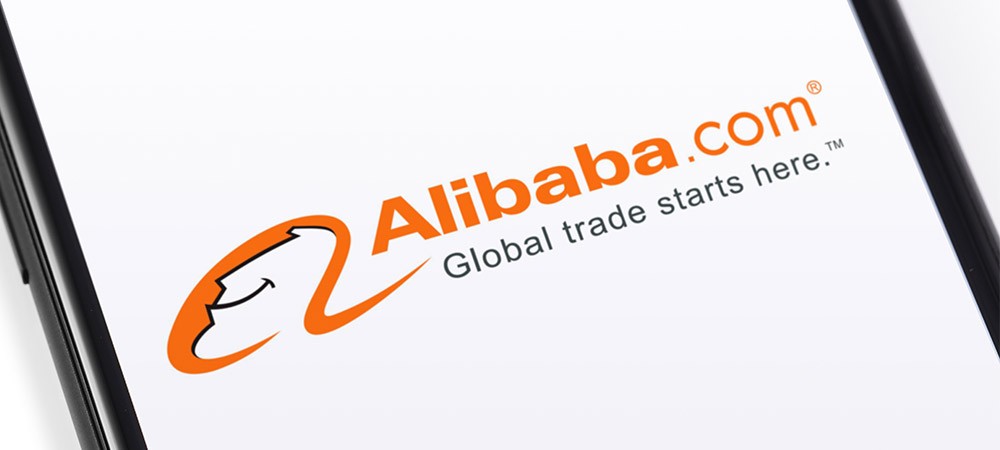
Retail type: Ecommerce
Total revenue: $71.99 billion
Alibaba has enjoyed rapid expansion in recent years, transforming from a business-to-business retail model into an ecommerce giant who also has a foothold into physical stores, courtesy of Hema and Freshippo.
Kantar notes its purchase of Auchan RT-Mart’s operations in China “made it effectively the largest physical retailer in the market”.
No 6 – Costco (USA)
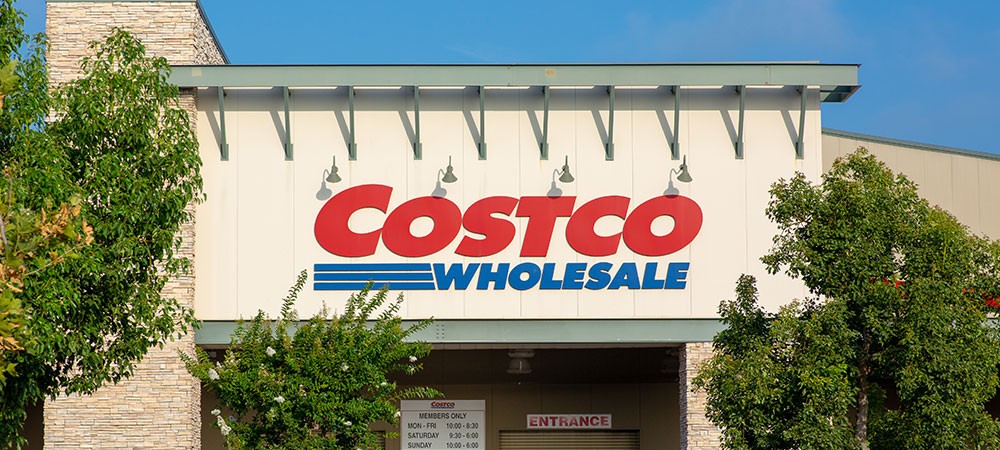
Retail type: Club
Total revenue: $163.22 billion
Offering a very different retail model to others on the list, Costco has been steadily expanding outside the US into places like Canada (where it recently became the second biggest retailer), Australia and Europe.
“Having finally moved into ecommerce, it is positioned for fast growth in existing markets with its unique value proposition,” Kantar says.
No 7 – Ahold Delhaize (Netherlands)

Retail type: Grocery
Total revenue: $78.17 billion
Courtesy of a strong in-store experience and best-in-class online grocery capabilities, Ahold Delhaize has recently refreshed its image and is enjoying significant growth in both Europe and the US.
No 8 – Carrefour (France)
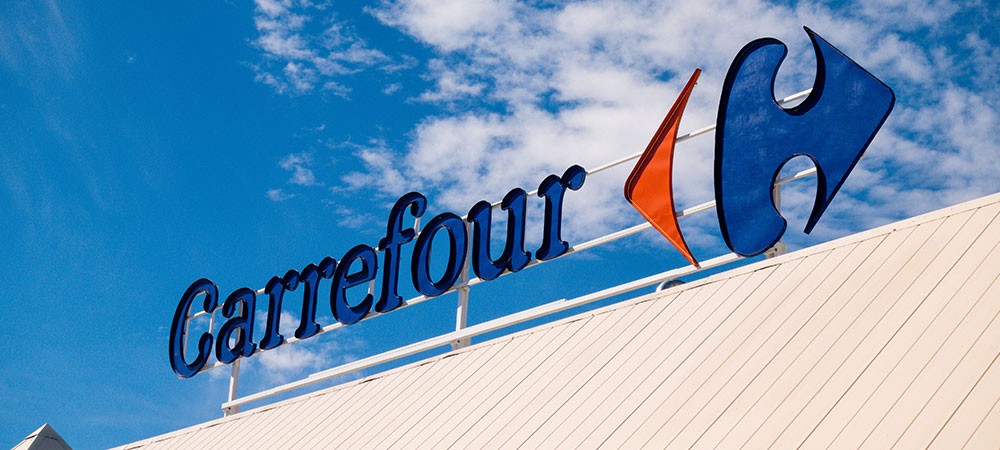
Retail type: Mass/hyper
Total revenue: $82.60 billion
Carrefour’s recent growth has centred around additional franchises in regions like the Middle East and Africa.
“The Latin American ‘atacado’ format continues to be the retailer’s largest growth engine as smaller express stores expand in all of its existing markets,” Kantor explains.
No 9 – IKEA (Netherlands)
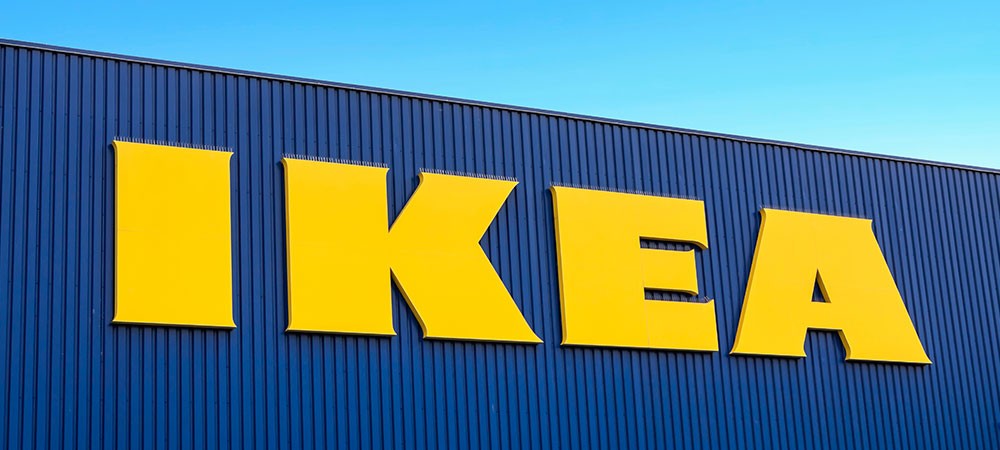
Retail type: Furniture
Total revenue: $45.18 billion
With its highly unique model, IKEA has firmly cemented its position as the largest furniture retailer in the world.
In addition to its existing presence, it is now expanding into Latin America.
No 10 – JD.com (China)
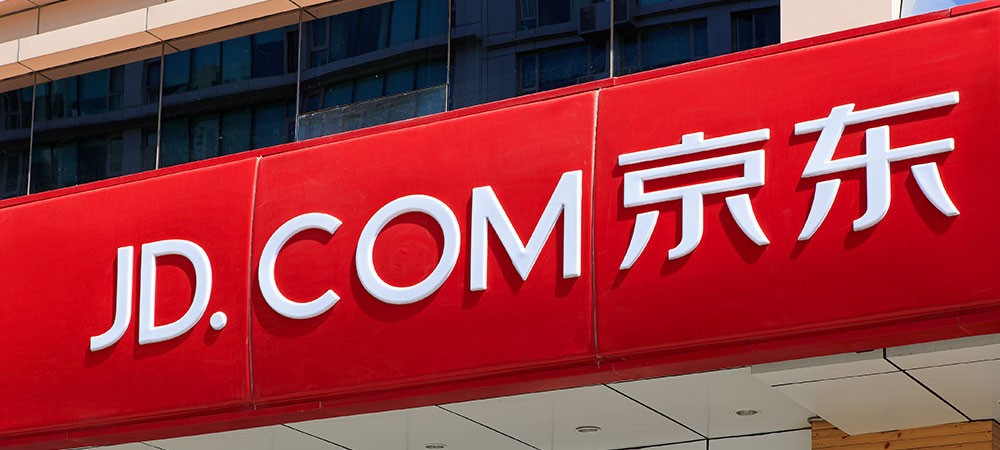
Retail type: Ecommerce
Total revenue: $82.86 billion
Kantar explains “JD.com continues to surprise even the jaded Chinese market” through its rapid diversification and growth.
Its strengths lie in its operational competence and customer service, along with its strategic partnerships with retailers, including minority owner Walmart.


